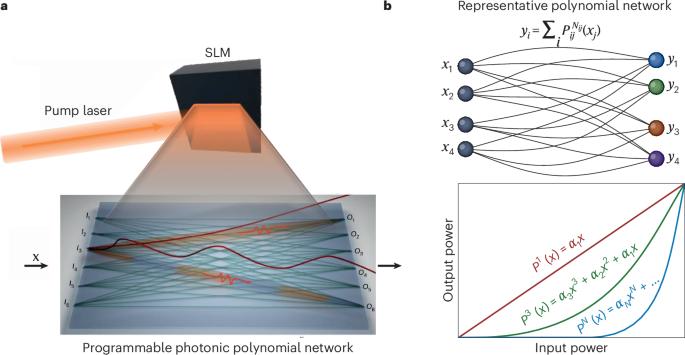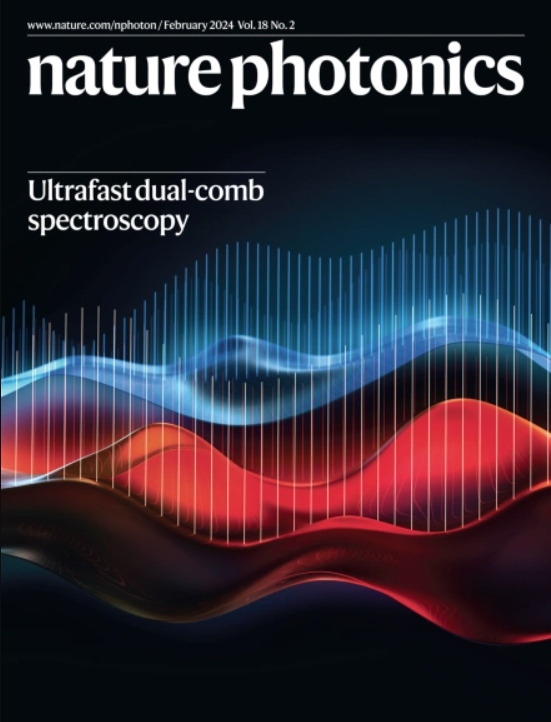片上可编程非线性
IF 32.9
1区 物理与天体物理
Q1 OPTICS
引用次数: 0
摘要
可编程非线性-包括对高阶响应顺序的控制-现在可以通过现场可编程性以超低功耗在片上实现。这一进展为在机器学习、光信号处理和通信、模拟计算和量子光子学等应用中实现更可扩展和节能的光子计算铺平了道路。本文章由计算机程序翻译,如有差异,请以英文原文为准。


On-chip programmable nonlinearity
Programmable nonlinearities — including control over the response order up to high orders — can now be realized on-chip at ultralow power via field programmability. This advance paves the way for more scalable and energy-efficient photonic computing in applications such as machine learning, optical signal processing and communications, analogue computing and quantum photonics.
求助全文
通过发布文献求助,成功后即可免费获取论文全文。
去求助
来源期刊

Nature Photonics
物理-光学
CiteScore
54.20
自引率
1.70%
发文量
158
审稿时长
12 months
期刊介绍:
Nature Photonics is a monthly journal dedicated to the scientific study and application of light, known as Photonics. It publishes top-quality, peer-reviewed research across all areas of light generation, manipulation, and detection.
The journal encompasses research into the fundamental properties of light and its interactions with matter, as well as the latest developments in optoelectronic devices and emerging photonics applications. Topics covered include lasers, LEDs, imaging, detectors, optoelectronic devices, quantum optics, biophotonics, optical data storage, spectroscopy, fiber optics, solar energy, displays, terahertz technology, nonlinear optics, plasmonics, nanophotonics, and X-rays.
In addition to research papers and review articles summarizing scientific findings in optoelectronics, Nature Photonics also features News and Views pieces and research highlights. It uniquely includes articles on the business aspects of the industry, such as technology commercialization and market analysis, offering a comprehensive perspective on the field.
 求助内容:
求助内容: 应助结果提醒方式:
应助结果提醒方式:


